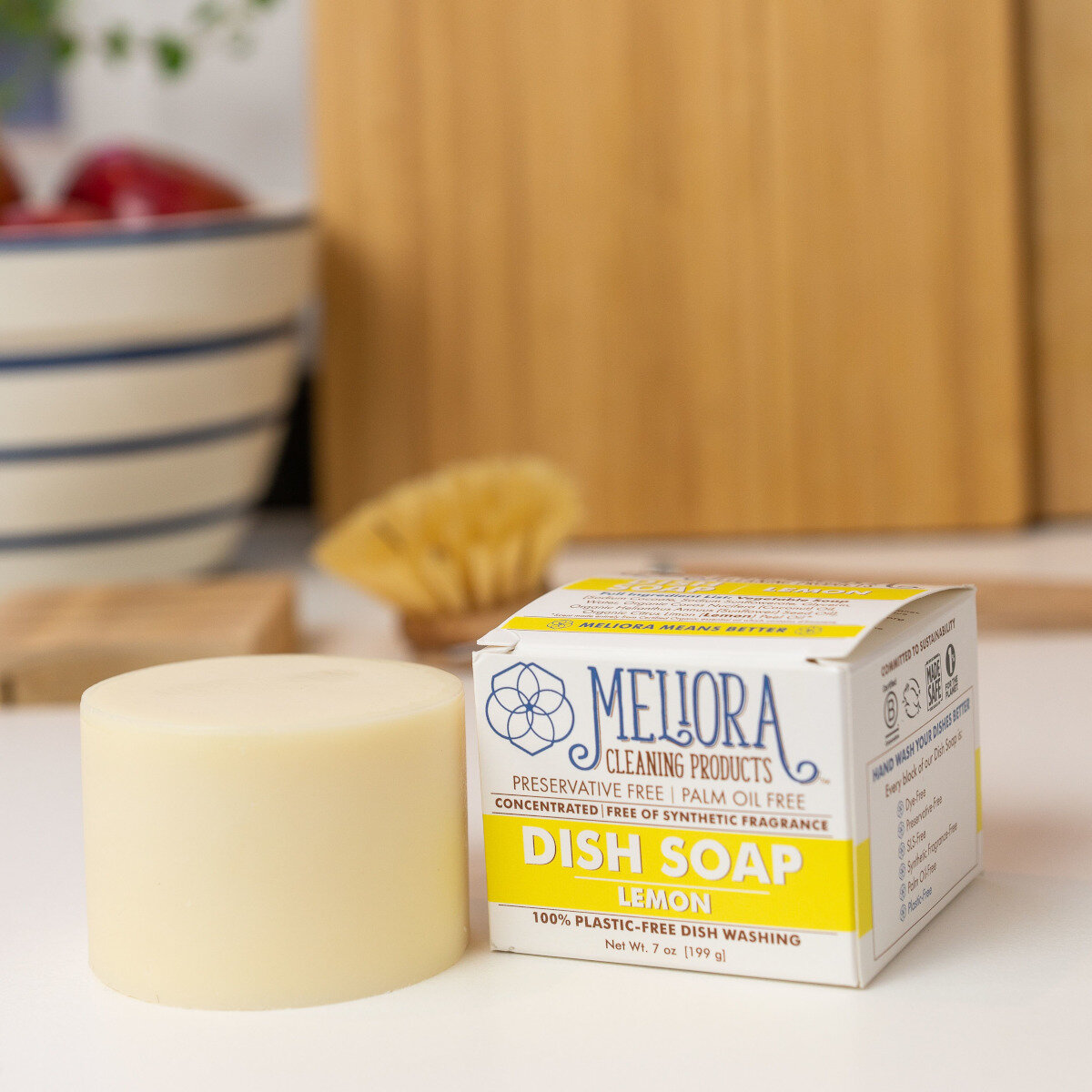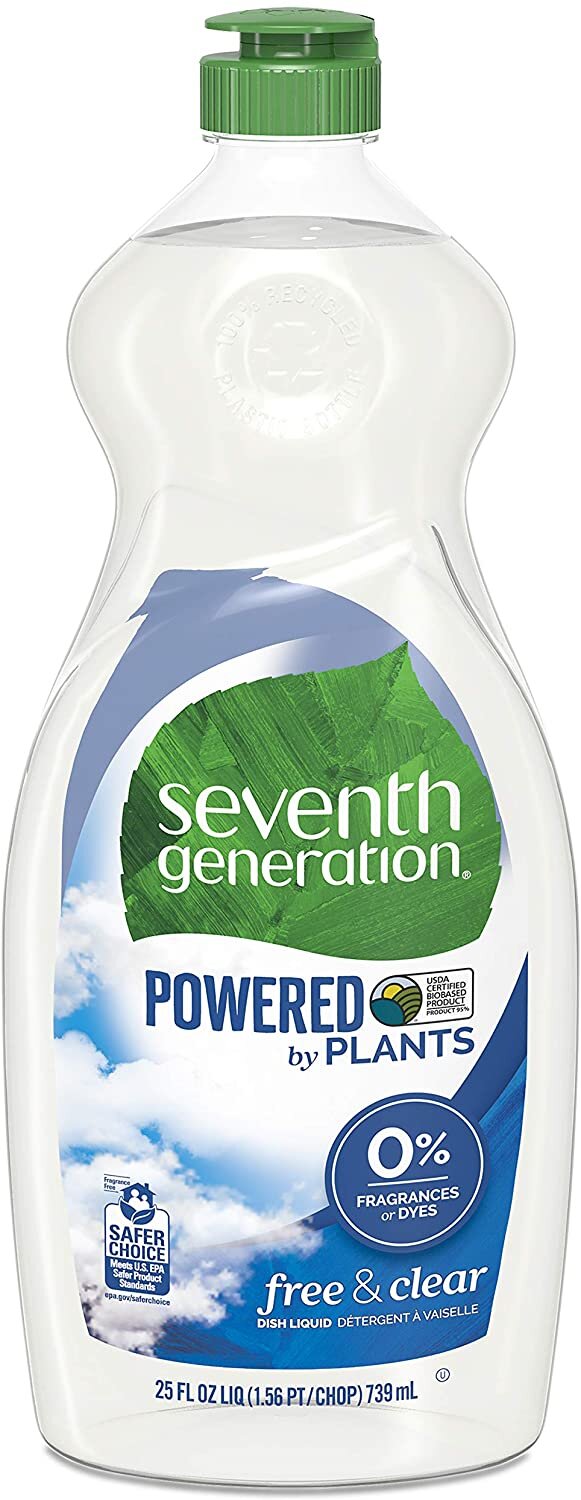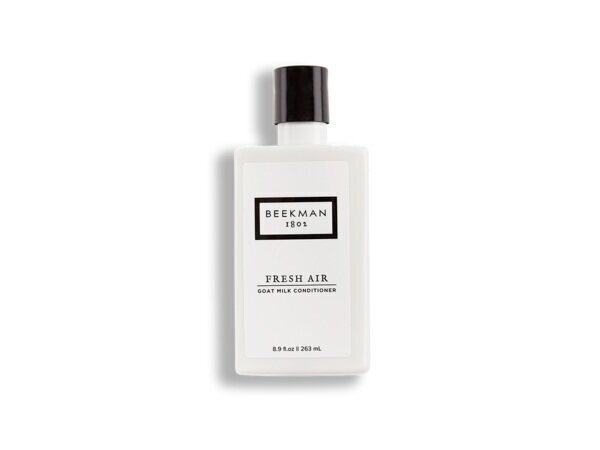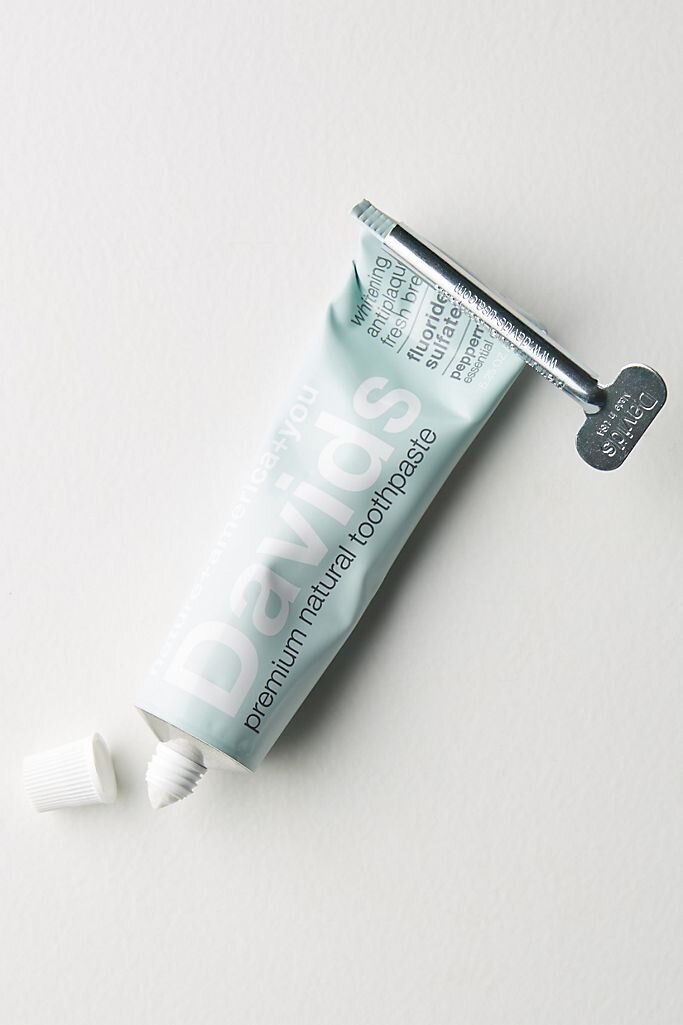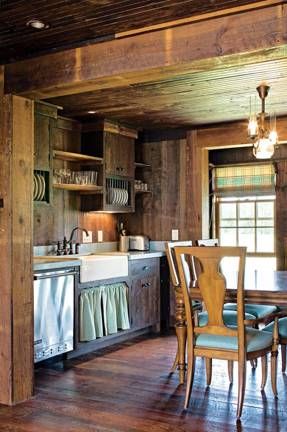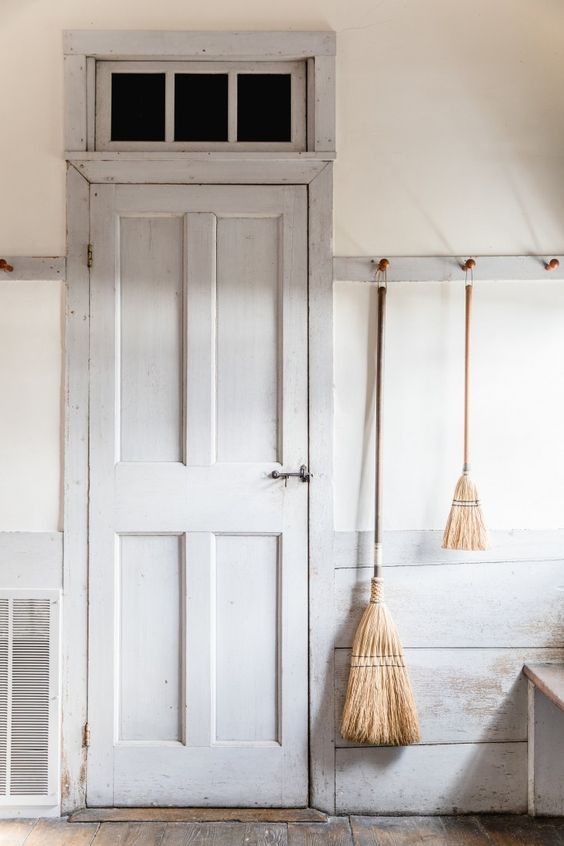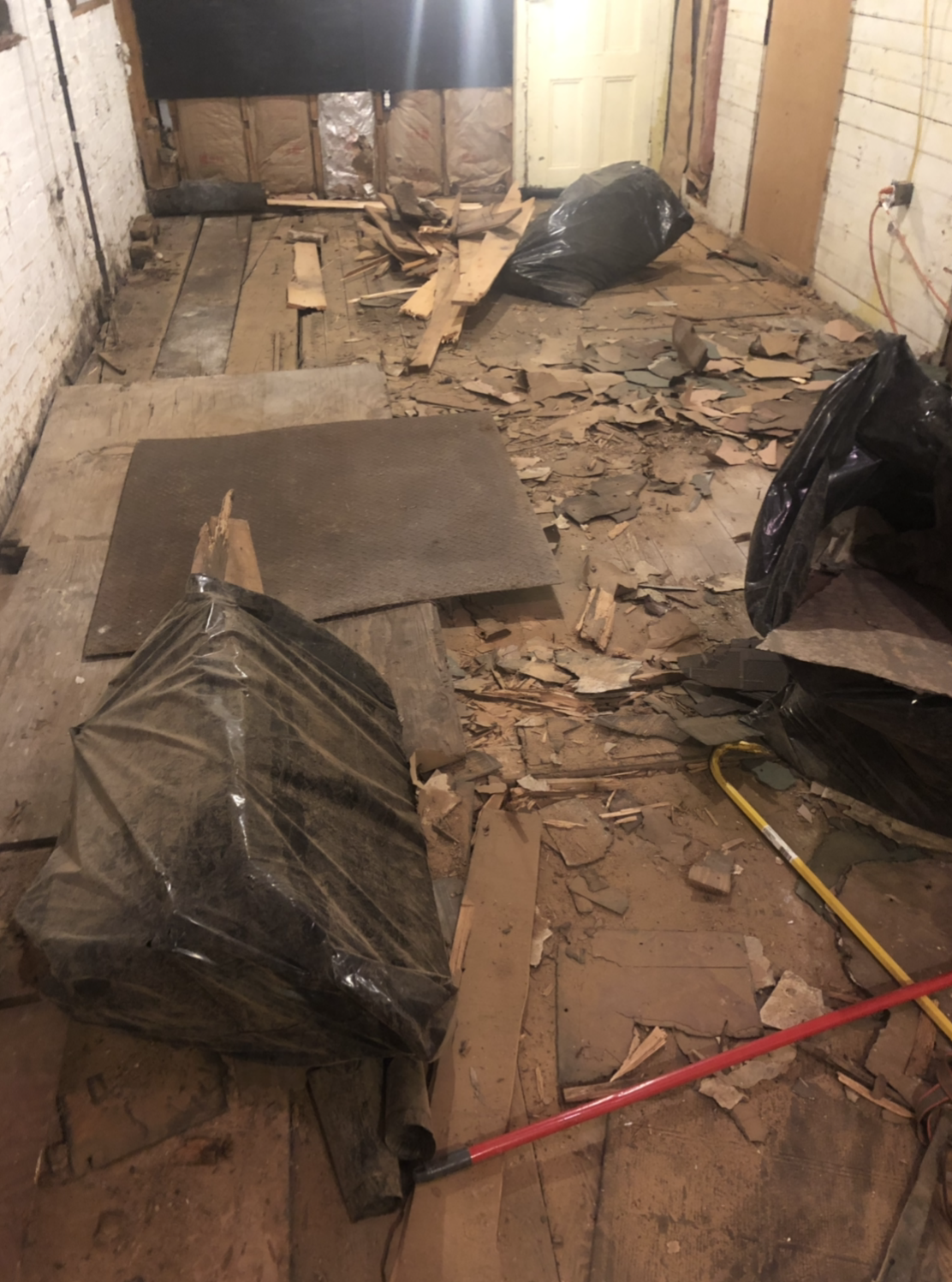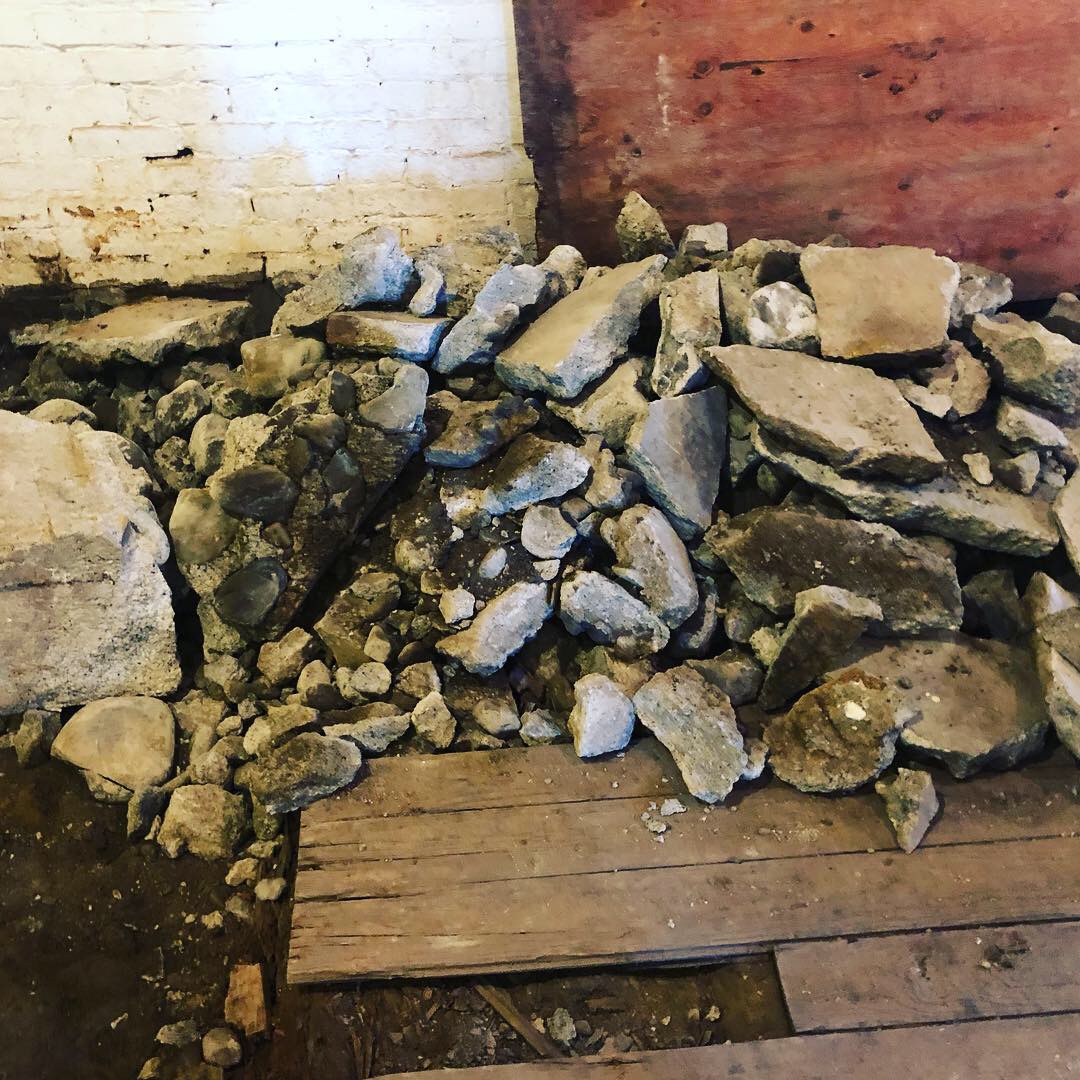Way back at the beginning of the year, before everything took a very sharp turn for the worse, my New Year’s resolution was simple: make Sparrow House NY more sustainable and kind to the environment. I wanted the business to reflect my values, and set an example for how we can all leave our world a little bit cleaner than we found it.
Of course, then March happened and along with it, the Great Antibacterial Wipe Shortage of 2020. Priorities completely changed. It has always been incredibly important that Sparrow House is clean and disinfected for our guests, but now we needed to take it to the next level.
Our full cleaning process takes anywhere from 6-12 hours. Between guests, the house is sprayed top to bottom with hypochlorous acid and left to sit before a multi-step cleaning procedure and thorough disinfection by hand. As much as I would like to only use sustainable, natural, package-free products, in the age of COVID, is it enough to ensure everyone’s safety and health? I’m not so sure. I keep a small caddy of disinfecting chemicals to ensure the place is sterilized and free of bacteria and viruses, and continue to use natural products for the cleaning portion to remove visible dirt. For transparency-sake, here’s a list of everything we love and use here at Sparrow House NY.
One thing to note: I didn’t go out and buy all of these products in one fell swoop; this has been a gradual shift over the course of the year. When a bottle of my old multi-purpose cleaner or bathroom spray ran out, I replaced it with a new, sustainable version to see how it worked, and overall, I’m really happy with our new and improved arsenal of cleaning products. We hope our guests enjoy trying them out, and maybe incorporate one or two into their own homes.
THE KITCHEN
Currently, we have 2 different dish soaps at Sparrow House NY – Seventh Generation Free & Clear Dishsoap and Meloria Solid dish soap. Each works great with eco-friendly ingredients, but we know using solid soap can be an adjustment for some folks so we offer an option for our guests. (Ideally, I’d love to bring it down to a single, solid dish soap bar in each kitchen to completely eliminate packaging, but we’ll see how it goes!) We also use Blueland’s dishwashing tablets for the dishwasher, biodegradable, wooden dish brushes, reusable washcloths and walnut scrubber sponges to avoid plastic and paper towels.
I’ve never been a fan of plastic containers, and keep glass and silicone containers in the kitchen to store food instead. That said, if plastic containers are left, we’ll hang onto them to reuse. Same goes for plastic wrap and tinfoil; I keep bees wrap on hand as a sustainable option, but if folks want to bring their old reliables, we’ll keep them until they are used up.
LAUNDRY:
Laundry is super simple here! I use Meloria’s All-Natural Laundry Powder which comes in a cute little coffee tin. All refills arrive in paper coffee bags for easy recycling, and instead of dryer sheets, we toss in three dryer balls with a few drops of lavender essential oil.
SUSTAINABLE CLEANING PRODUCTS:
It took a bit to find natural cleaning products that actually work. I’m a big fan of Blueland’s cleaning line which come in affordable, dissolvable tablets. But the best spray cleaner by far is Meliora’s All-Purpose cleaner - it cuts grease and dirt instantly. We used it to tackle Elvira, our 1972 Airstream when we first brought her home and it was the only thing that worked to clean decades of grime off the walls. I’ve also been using Dr. Bronner’s lavender castille soap forever, and started swapping plastic cleaning tools for wood versions gradually over this year.
TOILETRIES
We use Beekman 1802 bath products here at Sparrow House NY. When we first began, I ordered hundreds of these mini hotel toiletries only to lament the amount of plastic waste it was creating. We transitioned to pump bottles, but still have quite a few minis to use up. I also really like that Everyone 3-in-one soap that works as body wash, shampoo and bubble bath!
PAPER PRODUCTS & ALTERNATIVES
I have to shout out a little company that saved my life during the pandemic this year - Who Gives A Crap paper products went above and beyond to make sure we had enough toilet paper to make it through the Great TP shortage of 2020. To ensure they could cover all their loyal, current subscribers, they stopped adding others until they knew they had the inventory to cover everyone. Never once, did they miss a shipment and I am forever grateful! This was also the year we tried out the Tushy bidet and we’re pleased to say we ain’t ever going back.
When it comes to paper towels, I’ve never been the biggest fan. They seem incredibly wasteful when a good wash rag or cloth napkin will do in just about any situation. We are in the process of phasing them out here, but do provide a starter roll for your weekend stay. Would love to hear how guests feel about working in a kitchen with cloth alternatives!
DISINFECTING PRODUCTS
So here they are, the hateful eight: the cleaning products I still buy that are not so kind to the environment, but do a killer job at disinfecting. I’d love to hear from others who have found natural ways to disinfect that doesn’t leave the place reeking of vinegar and tea tree oil…but in the meantime, this is what we use to disinfect between stays.
PERSONAL PRODUCTS:
Finally, here are some personal products we don’t provide at Sparrow House NY, but I use myself! It was pretty simple to eliminate the majority We’re always looking for recommendations for greener, package-free alternatives, and would love to hear about what our guests like to use!
THE SUSTAINABLE SHOPPING LIST:
KITCHEN
LAUNDRY
Meliora All Natural Laundry Powder
BATHROOM
Meliora All-purpose Cleaner & Glass Spray Bottle
Blueland Multi-Surface Cleaner
Blueland Glass + Mirror Cleaner
Dr. Bronner’s Castille Soap Lavender
PAPER PRODUCTS & ALTERNATIVES
SPARROW HOUSE NY TOILETRIES
Everyone 3 in 1 Soap Vanilla + Lavender
DISINFECTING STAPLES
Seventh Generation Disinfecting Multi-Surface Spray
Mr. Clean Multi-surface Cleaner
Fantastic Lemon Kitchen Cleaner
PERSONAL PRODUCTS (NOT PROVIDED BY SPARROW HOUSE NY)
Bathing Culture Mind & Bodywash
J.R. Liggett’s Coconut and Argan Oil Shampoo Bar
Native’s Aluminum-free, Package-Free Deodorant

